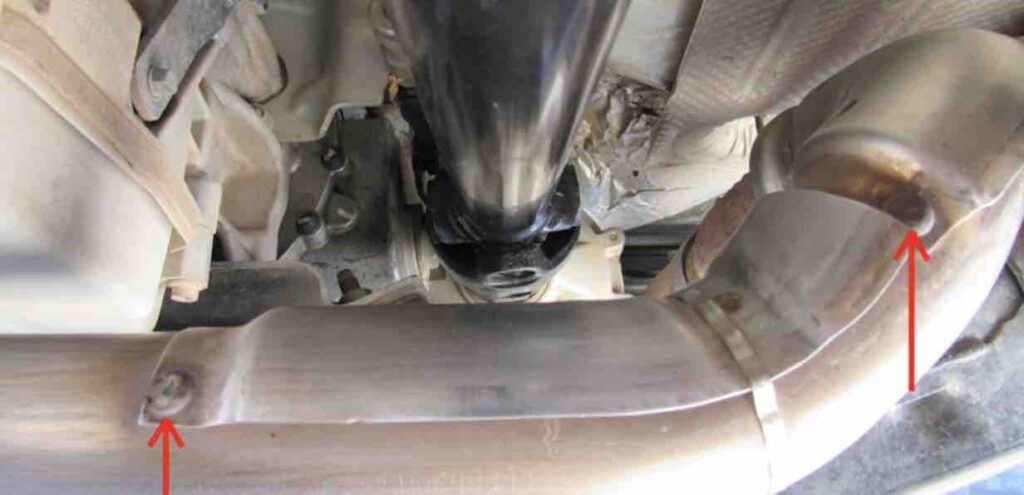Last updated on July 12th, 2023 at 09:39 am
Welcome to Our top best catalytic converter cleaner reviews for 2023. If you are looking for some of the Best Catalytic Converter Cleaners then you are in the right article. For this post, we will be looking at What is a Catalytic Converter and why it may need cleaner, the different methods of cleaning a catalytic converter, how often to clean catalytic converter, how much does catalytic converter cleaner costs on average, How Catalytic Converter Cleaner Works, finally, I will show you some of the best Catalytic Converter Cleaners and how to Use Catalytic Converter Cleaner.
Overview of a catalytic converter cleaner
Catalytic converter cleaners come in various forms, such as aerosol sprays or liquid solutions that you pour directly into your fuel tank before filling up at a gas station. Read this also..
These products contain chemicals such as detergents and solvents, which help break down any build-up inside the catalyst housing so it can be flushed away easily when driving.
Importance of keeping the catalytic converter clean
A dirty or clogged catalytic converter can lead to poor engine performance, increased fuel consumption, and higher levels of hazardous emissions being emitted from your vehicle. This will not only be bad for the environment but could also result in expensive repairs.
Also, dirt buildup on a catalytic converter may cause it to overheat, which can damage other parts within its location as well as potentially start fires under certain conditions due to the extreme heat generated from an obstructed flow through the device itself.
How often to clean the catalytic converter?
It is recommended that you have your car’s catalytic converter inspected and cleaned at least once every two years or 24,000 miles. This will help ensure that any buildup of dirt or debris does not interfere with its function.
How much does catalytic converter cleaner cost on average?
Catalytic converter cleaner costs vary depending on the type and brand but typically range from $34 to $ 55 per container. Based on user reviews, here are some of the best catalytic converter cleaners to buy. For real, do catalytic converter cleaners work?
do catalytic converter cleaners work
Absolutely yes, catalytic converter cleaners do work. Cat cleaners help to clean part of your car catalytic converter, which helps reduce harmful gases from the exhaust. When mixed with fuel, these cleaners should work by running along with your vehicle as it runs and cleaning out its catalytic converter.
However, not everyone believes these cleaners work. Some claim to see a difference after using them, while others don’t. The success of your car’s cleaner may depend on the age of your catalytic converter, how clogged up it is, and which cleaner you use.
*Please note that If your car’s catalytic converter has serious issues, a cleaner may not be enough to fix them. In such cases, seeking professional assistance from a mechanic is recommended. To keep your vehicle running optimally, ensure you do the regular maintenance of the car, like changing the oil as routine and using high-quality fuel and oil too.
So now let’s look at our top catalytic converter cleaner reviews this is our hand pick best catalytic converter cleaners in the market based on our experience and customer satisfaction.
10 Best Catalytic Converter Cleaner reviews
1. Cataclean Engine & Catalyst Cleaner
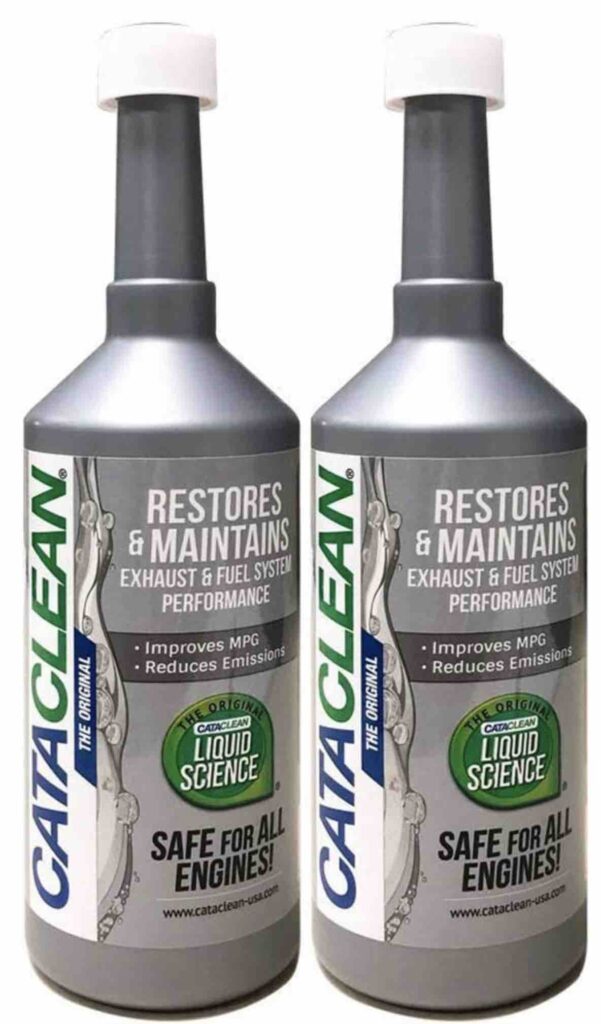
Cataclean catalyst cleaner is one of the best catalytic converter cleaners designed to be used in gasoline engines.
This product helps clean the fuel system, catalytic converter, oxygen sensors, and exhaust systems of all gasoline-powered vehicles. The cleaner comes in a convenient 16 -ounce bottle that can be used for up to two treatments per vehicle. You can perchance Cataclean here from this store.
2. BG 44K Fuel System Cleaner
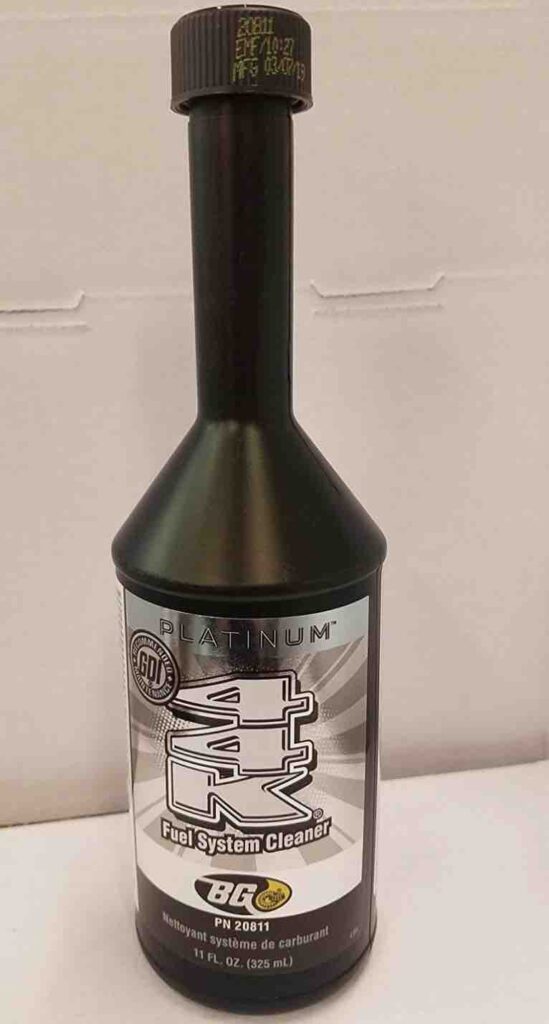
One of the most popular products among mechanics is BG 44K Fuel System Cleaner. This powerful formula can easily break down stubborn buildups within both gasoline direct injection (GDI) systems and traditional carbureted engines alike. You can buy this cat cleaner here
2. CRC Guaranteed to Pass Emissions Test
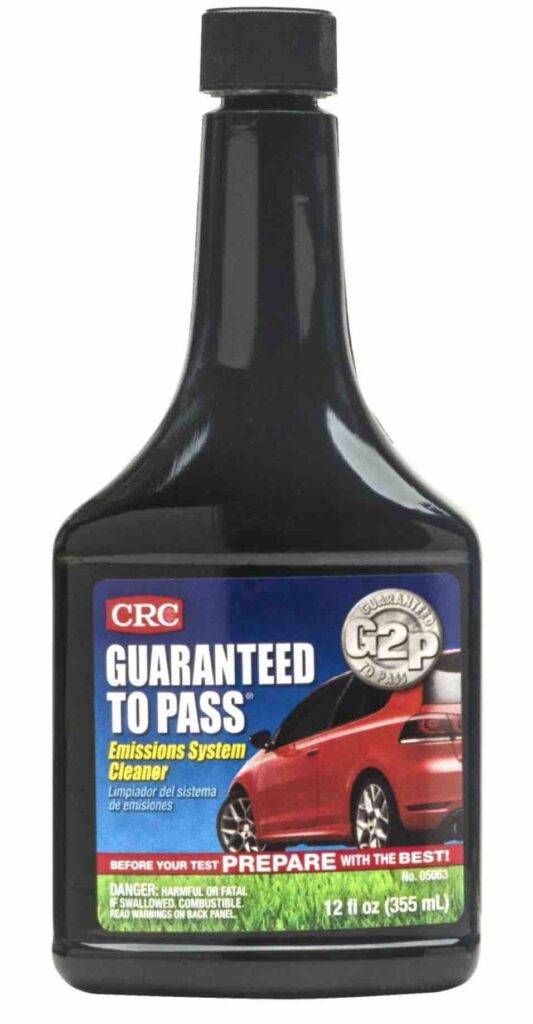
Another amazing catalytic converter cleaner is CRC. It contains powerful solvents formulated specifically for removing stubborn buildup within a vehicle’s exhaust system, including soot particles or coked sludge associated with diesel particulate filters (DPF).
The CRC formula works by cleaning out the fuel system and reducing carbon deposits on valves, spark plugs, pistons, and other components of an engine’s combustion chamber. Get this cleaner here in this store.
3. Liqui Moly (2001-12PK)
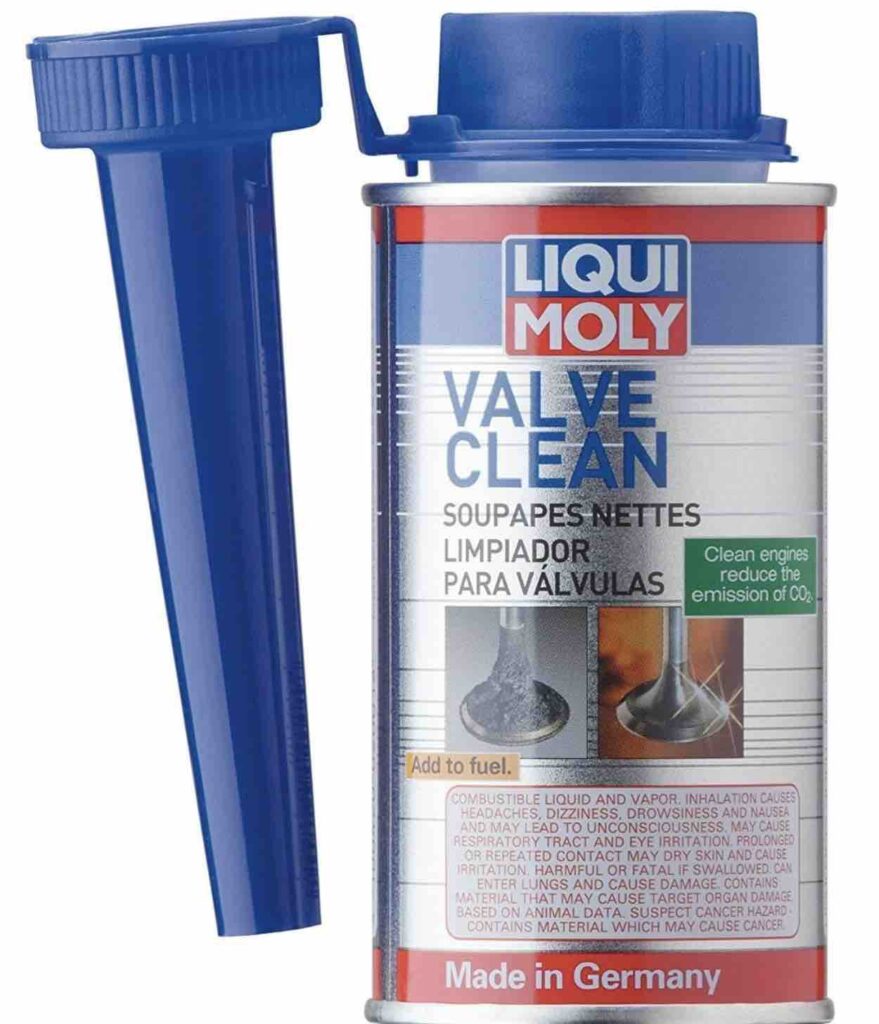
The Liqui Moly Valve Cleaner works quickly and effectively by entering the intake manifold, where it loosens deposits from valve seats, lifters, guides, stems, and ports before being expelled through the exhaust system with no residue left behind on components or in cylinders. You can Buy this cleaner here
4. Sea Foam Motor Treatment
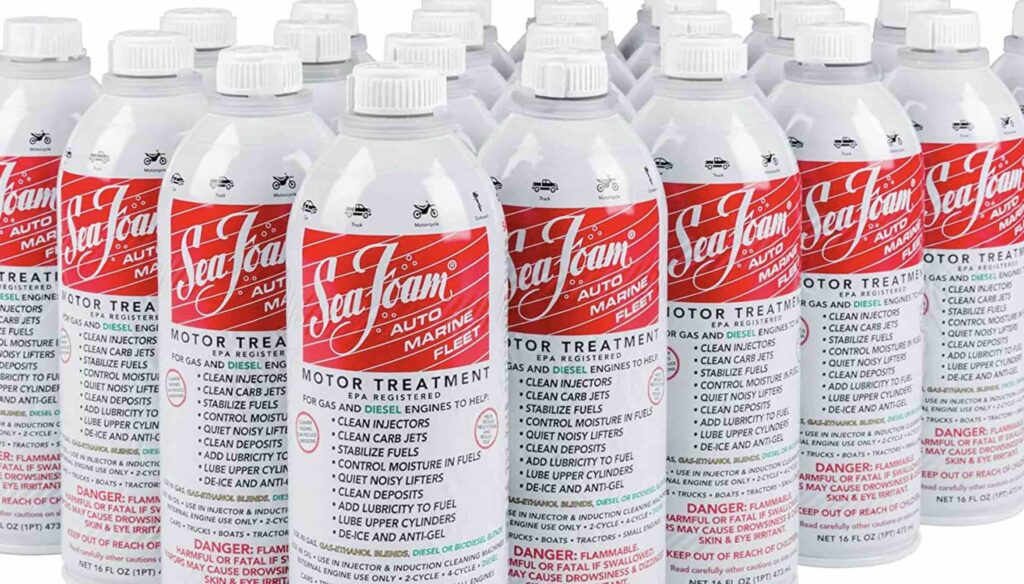
Sea Foam Motor Treatment is a popular brand. They are tested and trusted emission cleaners. The cleaner helps dissolve gum and varnish deposits in fuel lines as well as clean out clogged catalytic converters without causing any damage to them or other parts in the engine bay area. You Buy seafoam cat cleaner here from this store/
5. Rislone Complete Fuel System Cleaner
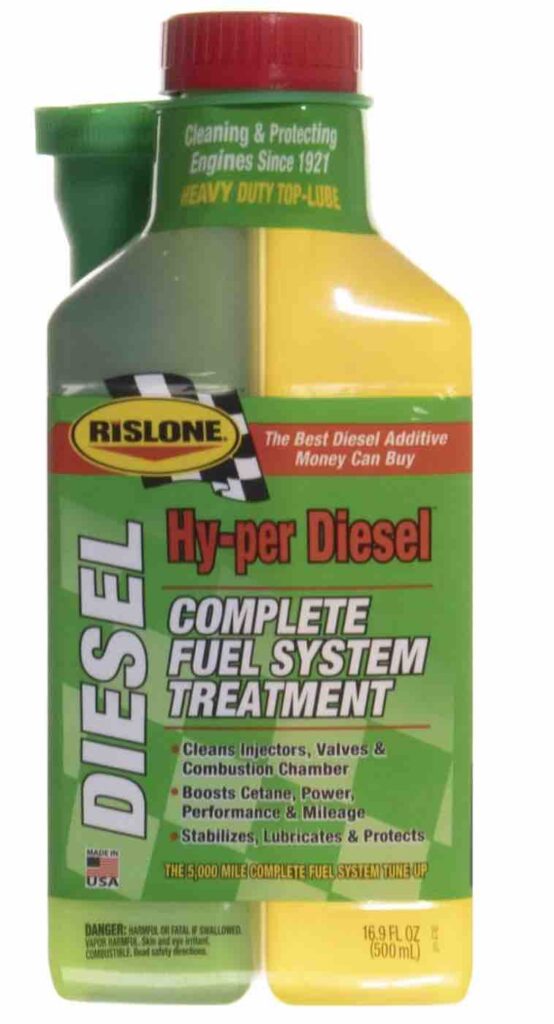
Rislone Complete Fuel System Cleaner is a powerful fuel system additive that helps to keep your engine running smoothly and efficiently.
The cleaner also helps reduce emissions from your vehicle, as it cleans out carbon buildup from the exhaust manifold, catalytic converter, spark plugs, and other components within the engine’s combustion chamber. You can buy this cat cleaner here.
6. Red Line Complete SI-1 Fuel System Cleaner
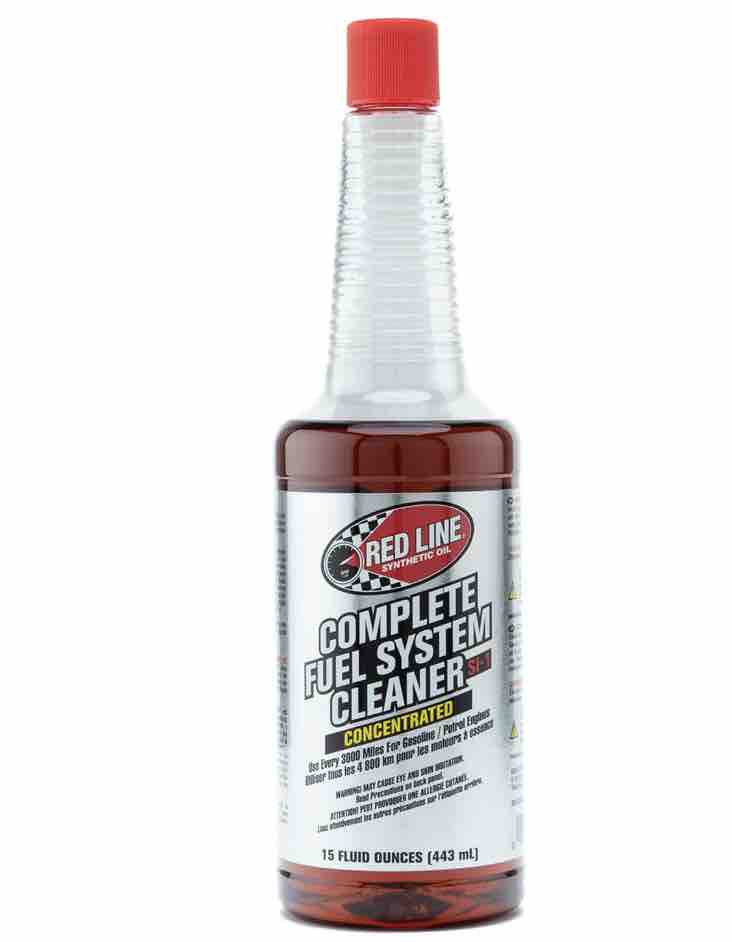
This fuel system cleaner works by removing deposits from the fuel injectors, intake valves, and combustion chambers of your engine. It also cleans out the entire fuel system, including the tank, lines, and filter, for optimal performance.
Red Line Complete SI-1 Fuel System Cleaner is designed to restore lost power in older vehicles as well as maintain peak performance in newer ones. You can buy this cleaner here in this store.
7. Hot Shot’s Secret – DDD Diesel Duo,
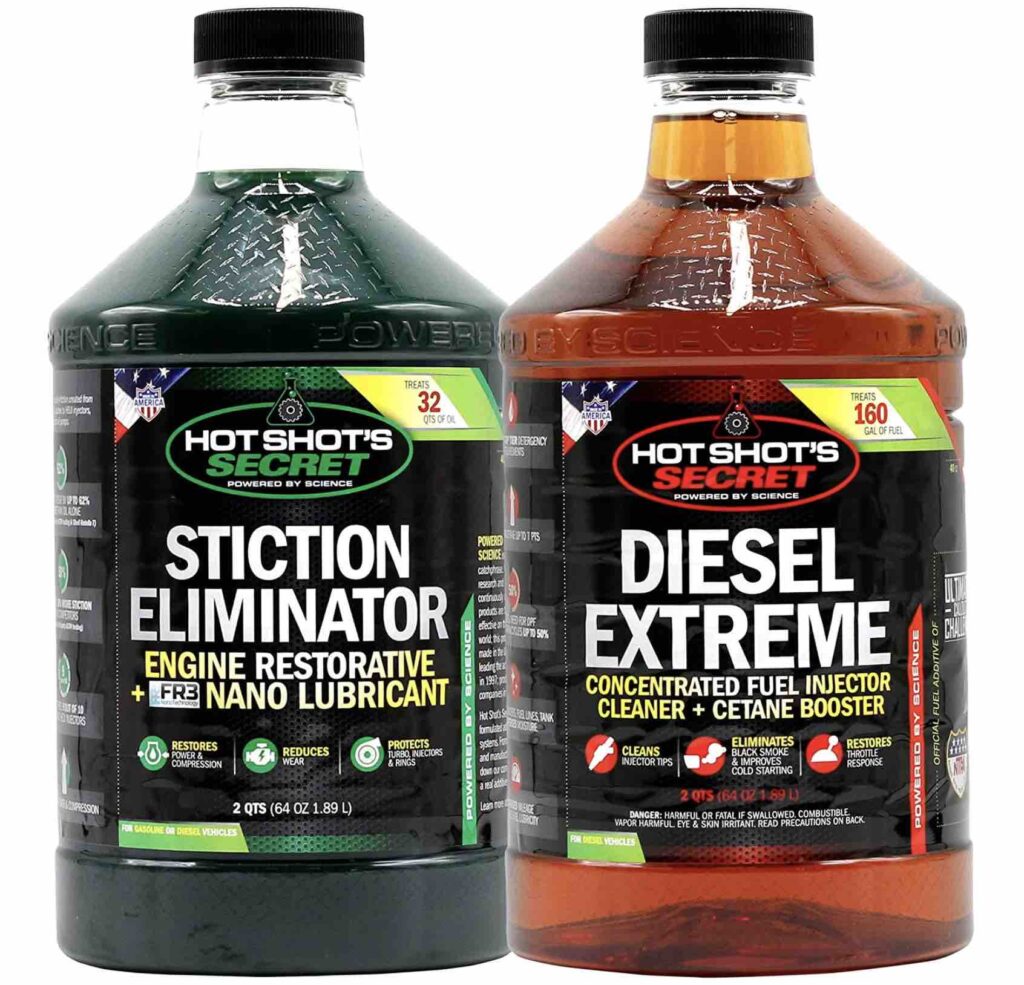
DDD Diesel Duo is a revolutionary product that helps to improve the performance of diesel engines. It consists of two separate products: 2qt qt. of Stitches Eliminator and 2qt Diesel Extreme.
Both are designed to help reduce friction in the engine, increase fuel economy, and restore power lost due to stiction buildup over time. The stiction eliminator breaks down deposits left behind from exhaust gasses, which can cause excessive wear on internal parts and reduce efficiency in some cases. You can buy this cleaner here in this store.
8. CHEVRON TECHRON FUEL SYSTEM CLEANER 12OZ

Chevron Techron Fuel System Cleaner 12 oz. is a powerful product that helps to keep your engine running smoothly and efficiently. It works by cleaning the fuel system of deposits, which can cause poor performance and reduce fuel economy.
Using Chevron Techron Fuel System Cleaner 12 oz. is easy, and can be used on all types of vehicles, including cars, trucks, and SUVs. You should buy this cleaner in this store here.
9. GUMOUT REGANE COMPLETE FUEL SYSTEM CLEANER 12OZ
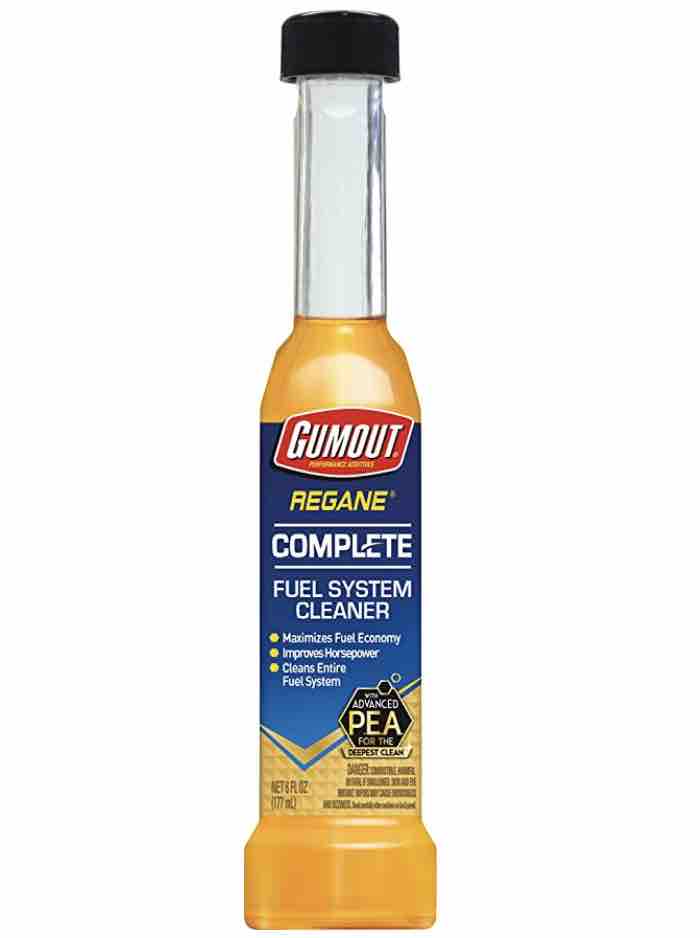
Gumout Regane Complete Fuel System Cleaner 12 oz. is an essential product for any car owner. It helps to restore engine performance, improve fuel economy, and reduce emissions by removing harmful deposits from the entire fuel system.
The cleaner works quickly and effectively to clean out carbon build-up in the combustion chamber, injectors, valves, and other components of your vehicle’s engine. You can buy this cleaner in this store here
10. AUTOPROFI Catalytic Converter Cleaner
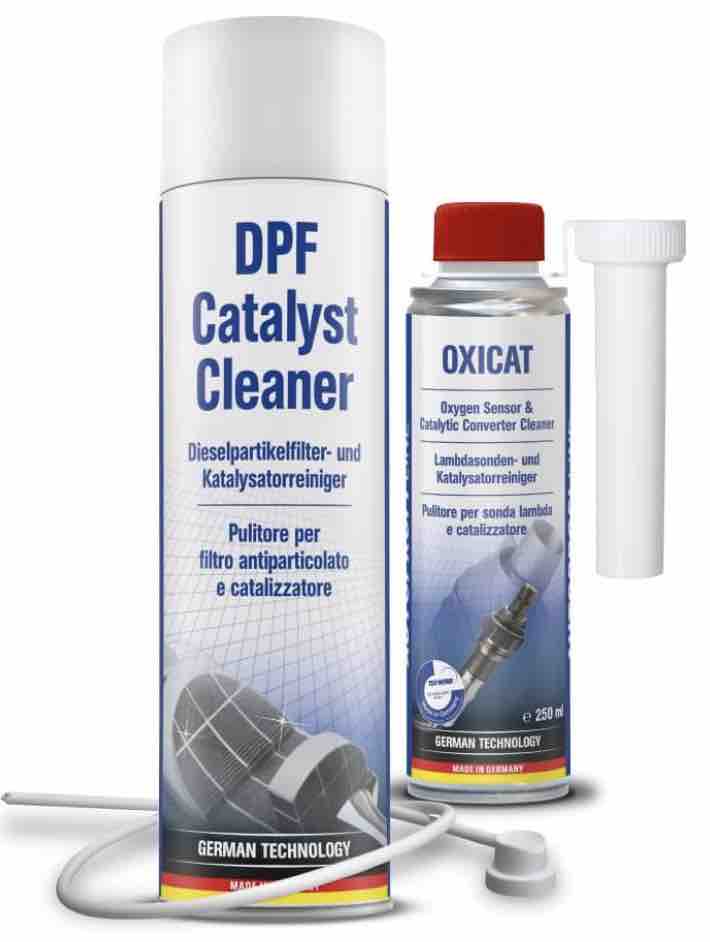
Autoprofi Catalytic Converter Cleaner has been designed to help improve the performance of your vehicle’s catalytic converter. This cleaner helps to remove harmful particles and buildup from the inside of your converter, restoring its efficiency and improving engine power output. You can Buy this cleaner in this store here.
Can catalytic converters be cleaned?
Yes, but the process can be a bit complicated if you don’t know how to do it. There are ways to clean the converter without having to replace it entirely. The steps are explained below:
How catalytic converters can become clogged
Catalytic converters may become clogged because they have been exposed to oil or fuel vapors for too long without being cleaned or replaced regularly. This can cause buildup in the converter, eventually blocking its ability to filter pollutants from the exhaust gases and leading to it becoming clogged.
Furthermore, if there is not enough oxygen present in the exhaust stream, this can also contribute towards blocking up a catalytic converter.
Different methods of cleaning a catalytic converter
One method for cleaning a catalytic converter involves using chemical solvents or detergents that are designed specifically for this purpose.
These chemicals work by breaking down any deposits on the surface of the catalyst material to restore its effectiveness. This method requires very little effort from you but may be more expensive than other methods depending on what type of product you use and how often you need to do it.
Another option would be manual scrubbing with steel wool or another abrasive material such as sandpaper or wire brushes, which can help remove stubborn buildup from within your exhaust system without damaging any components inside your car’s engine bay area, where access is limited.
This process does require some physical effort but will usually yield good results if done correctly.
Furthermore, there are also products available that combine both mechanical scrubbing action and chemical cleaners, providing even better results when used properly according to manufacturer instructions.
Pros and cons of each method
There is no doubt that a catalytic converter cleaner is an amazing solution, but that doesn’t mean there are no disadvantages associated with using one. Check below for some of the pros and cons.
Chemical cleaners
Pros
This method requires minimal effort from you since all you have to do is pour in the solution and let it work its magic.
Cons
This type of cleaner can also be expensive and may require multiple applications before achieving the desired results.
Some types may contain hazardous materials that could pose health risks associated with exposure if not done correctly according to the manufacturer’s instructions.
Mechanical cleaners
Pros
Mechanical cleaning uses an abrasive material such as steel wool or sandpaper along with compressed air to physically remove any buildup from within the converter itself by blasting away at it until all debris has been removed from its surface area.
Cons
Particles created by this process could make their way into other areas throughout your vehicle’s exhaust system if proper safety measures aren’t taken.
Each method has its pros and cons, so it’s important to understand what each one entails before making a decision about which is best for your vehicle.
Tips for maintaining a clean catalytic converter
It’s imperative to regularly check the condition of your car’s air filter, as this will help reduce the amount of dirt and debris that enters the exhaust system, which could potentially damage the catalytic converters.
It is also recommended that you use high-quality gasoline with detergent additives, as these will help prevent buildup on components within your vehicle’s exhaust system, such as spark plugs or oxygen sensors, which may affect how well they work when combined with other parts like a catalytic converter.
Furthermore, regular maintenance such as oil changes, should be done at least every 5-7 thousand miles, depending on the type of oil you use. This will ensure proper lubrication throughout all moving parts associated with an engine, including those related to its exhaust system where a catalyst is positioned.
How to Use a Catalytic Converter Cleaner
First, make sure you have all necessary items ready, such as gloves, safety glasses or goggles, and rags or paper towels for wiping off excess fluid after use. Then, read through all instructions before beginning work on your car’s exhaust system so you know exactly what steps need to be taken before applying any liquids or solvents to its components.
After everything has been properly prepared, pour a sufficient amount of catalyst cleaning solution directly onto the surface area where carbon buildup exists within converters. Ensure that too much liquid does not enter other parts like oxygen sensors since they are sensitive devices that could malfunction if exposed to high concentration levels.
Lastly, allow it to sit according to the manufacturer’s instructions before rinsing away the residue with a water hose afterward; this should clean out any remaining debris left behind from previous uses.
Safety precautions
Always read the instructions on the package before use; so that you know how much cleaner should be used and what type of cleaning method should be employed.
In addition, wear protective gear such as gloves, goggles, and long sleeves or pants while handling the cleaner because some fumes may irritate skin or eyes if exposed directly for too long.
Do not mix different types of cleaners because this could cause dangerous chemical reactions that can damage your car’s engine components and pose health risks upon inhalation.
Step-by-step instructions for using a catalytic converter cleaner
You’ll need to locate the oxygen sensor that monitors the air/fuel ratio near the outlet side of your car’s exhaust pipe.
Unplug it so that no fuel enters it during the cleaning process. Then, connect an extension hose to one end of the nozzle and connect it to an intake manifold vacuum port on the top or side of the carburetor or throttle body assembly (depending on the type).
Next, start up your engine and let it idle for about 10 minutes before turning off the ignition switch as well as all other electrical components, including the radio, etc.
After completing these steps, restart the car again – but do not accelerate until after driving around 5 miles because this will give time for chemicals inside the cleaner solution to mix properly into the fuel mixture; also, keep checking O2 Sensor voltage readings periodically via digital multimeter.
Recommended frequency of use
When it comes to the recommended frequency of use when using catalyst cleaners, there isn’t one set answer as different vehicles require different maintenance schedules, their usage patterns, and the environmental conditions they’re exposed to.
Generally, most manufacturers recommend having it done once every six months. However, some people prefer doing this task quarterly instead (that is 3-4 times yearly).
How Catalytic Converter Cleaner Works
A catalytic converter cleaner works by breaking down harmful gases such as carbon monoxide, hydrocarbons, and nitrogen oxides before they can escape from an automobile’s exhaust system. The process starts with a chemical reaction between two different substances: an oxidizing agent and a reducing agent.
Chemical reactions that occur
When the catalytic converter cleaner is poured into the exhaust system, it reacts with oxygen to create heat energy which helps break down any built-up carbon deposits on surfaces inside your engine or exhaust pipes.
The activated agents then help convert harmful pollutants like hydrocarbons, nitrogen oxides (NOx), and sulfur dioxide into harmless gases such as water vapor, nitrogen gas (N2), and carbon dioxide (CO2).
This process helps reduce air pollution from car engines while also improving fuel economy due to less drag on your engine caused by excess build-up inside its components.
The role of catalytic converter cleaner in removing carbon buildup
A catalytic converter cleaner helps to reduce harmful emissions from vehicles when they become clogged with a buildup of carbon deposits.
It breaks down these deposits so that they are no longer present in the exhaust system or on other components within the vehicle’s engine bay.
Factors to consider when choosing a cleaner
Cost is often an important factor when making purchasing decisions. Some products may be more expensive but offer better performance than cheaper alternatives due to their higher-quality ingredients or specialized formulas designed specifically for certain vehicles or engine types.
Also, buyers should look at how easy the product is to use. If instructions aren’t clear then chances are good that you won’t get optimal results from using it either way.
Lastly, safety features such as childproof caps or special warning labels can also give insight into how well each product performs since manufacturers must meet specific regulations before releasing them onto store shelves.
Recommendations for the best catalytic converter cleaners on the market
When looking for the best catalytic converter cleaners on the market, there are several factors you should consider, including effectiveness, cost-effectiveness, environmental friendliness, and safety ratings from independent organizations such as Consumer Reports or EPA standards
In addition, look for products with positive reviews online, so you know what other people have experienced when using them.
It’s also important to read instructions carefully before using any product so that you understand how often it needs to be used, how much should be applied at once, and whether or not it needs special protective gear while being handled.
Conclusion
When choosing among the best catalytic converter cleaners, it’s necessary not only to look at price but also to research each respective product thoroughly by reading reviews online or asking experienced users what their experience was like using them as well as ensuring they meet all applicable regulations related to emission control systems.
References
- vehq.com/cleaning-catalytic-converter
- studentlesson.com/best-catalytic-converter-cleaners
- mycarmakesnoise.com/emissions/how-to-clean-catalytic-
- electronicshub.org/best-catalytic-converter-cleaner

Uchenna is a Radiographer and Auto parts mechanic who recently got his automotive diploma as an auto repair technician, and since then, has worked on fixing various car problems.
Working as just a radiographer, Uchenna didn’t just get all the fulfillment he desired, because he truly loved doing things tilted toward cars. As a kid, he would take apart his toy cars to see how they worked and would spend hours tinkering with his bike.
So, in 2017 he made the tough decision to become an auto mechanic. He threw himself into his studies and now loves every aspect of what he does.
He gets to work with his hands, solving problems and bringing cars back to life, and sharing his knowledge and easy quick-fix guide online are all part of what makes him feel fulfilled.


